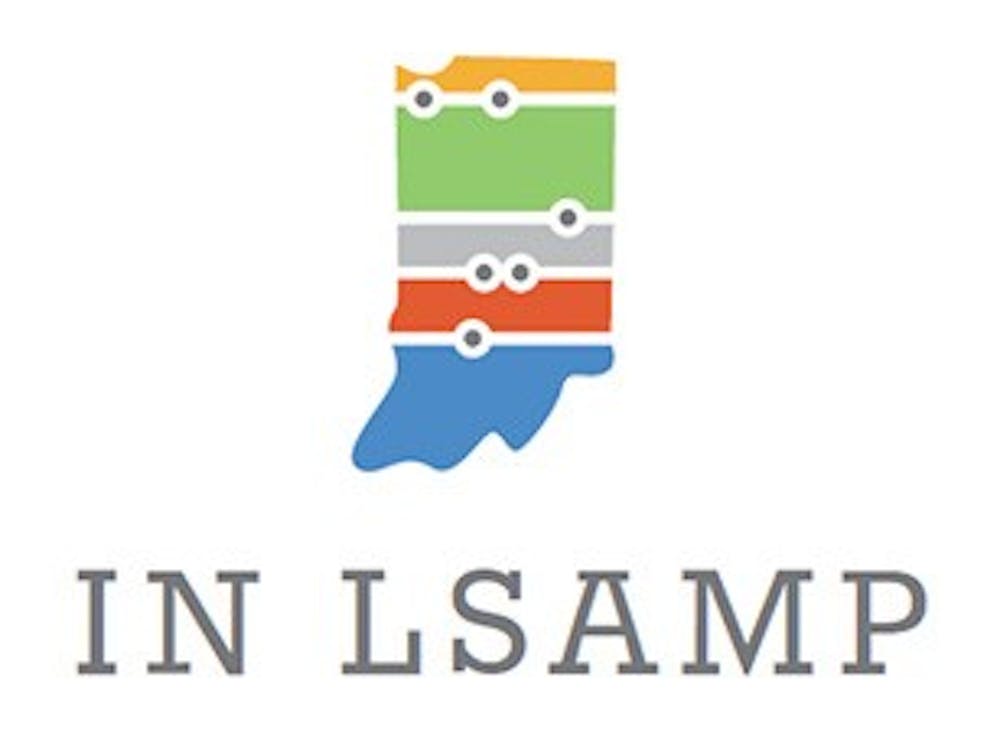Ball State has taken a further step toward being inclusive by pushing to increase the number of racial and ethnic minority students who are science, technology, engineering and mathematics majors.
In addition to other partnering colleges and universities, Ball State will now be a part of the Indiana STEM Louis Stokes Alliances for Minority Participation program.
Funded by the National Science Foundation, the $4.8 million program strives to support African Americans, Hispanic Americans, American Indians, Alaska Natives, Native Hawaiians and Native Pacific Islanders in STEM education and, subsequently, in the workforce.
Indiana University Bloomington, IU Northwest, IU South Bend, IUPUI and Ivy Tech also are in the program. The goal of the program is to double minority participation in STEM, according to the Ball State news center.
“Note that the problem is not particular to Ball State," said Paul Buis, chairperson and associate professor of computer science. "This is part of a long-term, widespread problem in our society."
According to the U.S. Census Bureau, black workers made up 11 percent of the total workforce in 2011, but only made up 6 percent of STEM workers. However, this was up from 2 percent in 1970.
Hispanic representation in the labor force grew from 3 percent in 1970 to 15 percent in 2011. Seven percent of STEM workers were Hispanic in 2011, according to the U.S. Census Bureau.
Ball State has 10 STEM major concentrations. On average, both graduate and undergraduate, about 14 percent of STEM students were of racial or ethnic minorities in the 2015-16 school year. There were no minority students in graduate computer sciences, geography sciences or physics and astronomy programs that academic year.
“[STEM] majors lead to higher earning careers and more profitable businesses, which in turn leads to more taxes being paid to the state," Buis said. "As a matter of social justice, it seems only right to remove any impediments that stand in the way of minorities achieving financial success.”
According to inlsamp.org, the Louis Stokes Alliances for Minority Participation program aims to increase the retention rate of minority students in STEM through seven different approaches:
- Mathematical placement and online review support
- Summer bridge programs
- Freshman learning communities
- Peer mentoring programs
- Degree mapping
- Faculty-mentored research
- An annual research conference.
Buis noted that increasing minority success in STEM fields is sometimes not an easy task.
“There is no one 'best' solution to the problem. The problem is large and complex with no simple solutions," Buis said. "Most of the issues begin before students reach college and programs like this one can help, but the roots of the problem are long-term and widespread."





